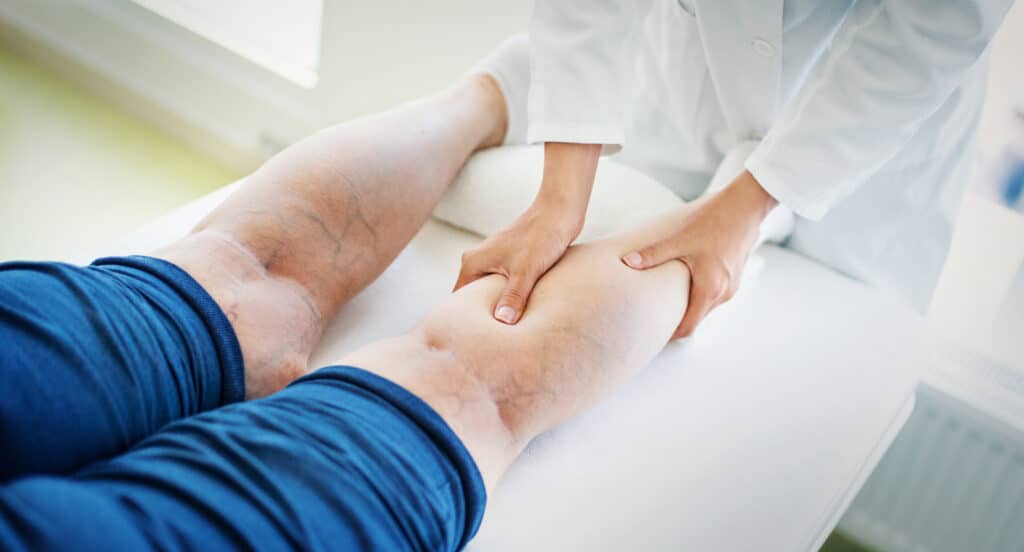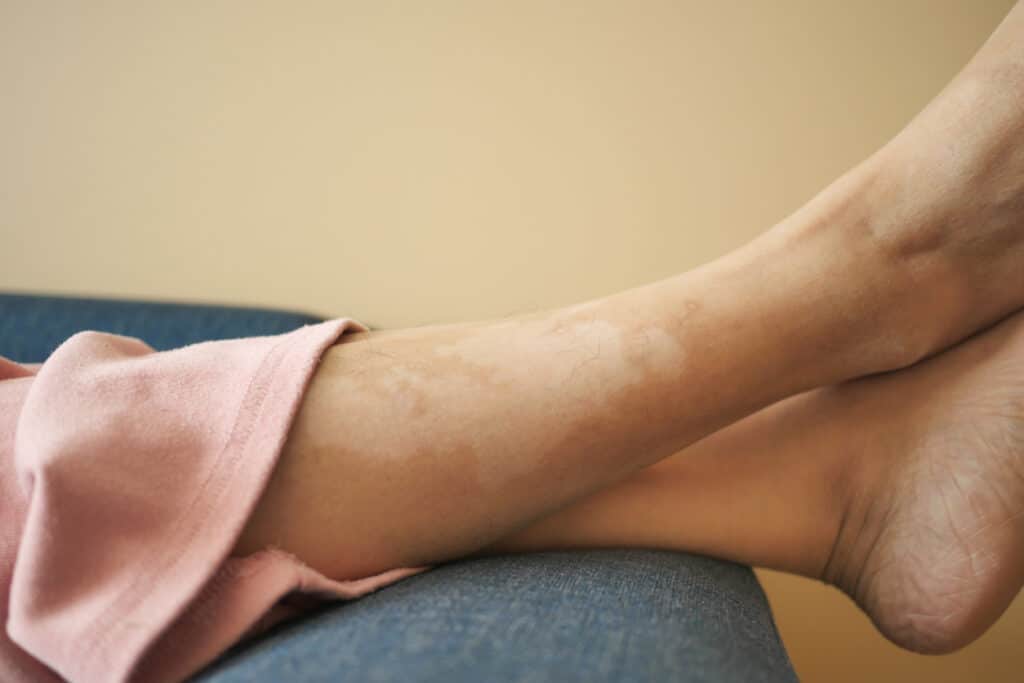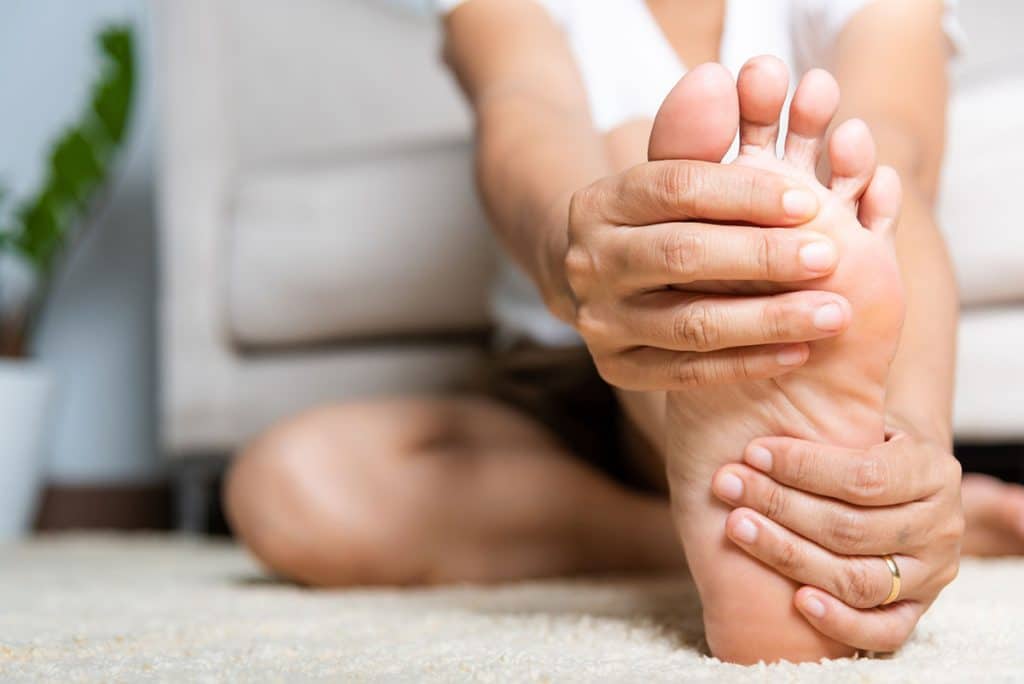Peripheral vascular disease (PVD), also known widely as Peripheral Artery Disease (PAD), is a common yet frequently progressive circulation disorder primarily affecting those over 50 or those with atherosclerosis. This buildup of plaque in the arteries can restrict blood flow severely, leading to significant discomfort in the legs and feet and increasing the risk of severe cardiac events, like heart attacks or strokes. Here, we delve deeper into understanding PVD, its widespread signs, and the most effective treatments available.
Peripheral Vascular Disease Explained
PVD mainly affects people who are over the age of 50 and may also be suffering from atherosclerosis, which is a buildup of plaque in artery walls. Because PVD can affect any blood vessel such as the arteries and veins, it is sometimes referred to as peripheral artery disease. The condition causes the blood vessels to narrow, spasm, or even become blocked. The reduced blood flow means that vital organs may not get the blood flow they need to function properly. PVD typically, however, affects the legs and feet, preventing them from getting optimum blood flow, which may result in pain or even serious complications such as the formation of blood clots or the development of gangrene. PVD may also be caused by an injury or even an infection.
Recognizing the Signs and Symptoms of PVD
While up to 50% of those with PVD do not exhibit symptoms, the disorder can manifest through varied physical signs as the disease progresses. Common indications include:
- Intense leg or foot pain during activities such as walking or standing might be temporarily relieved by rest—a phenomenon known as intermittent claudication.
- Noticeably weaker pulses in the feet or legs compared to other areas.
- Physical changes to the skin on the legs and feet, which might appear shinier or feel thinner.
- Hair loss occurs on the legs.
- Persistent burning or aching sensation in the muscles.
- Slow-healing wounds on the extremities are often an alarming sign of severe PVD.
- Complaints of muscle weakness or numbness.
- Visible reddish-blue discoloration of the affected limbs, indicating severe circulation deficits.
- The frightening development of gangrene due to severely reduced blood flow.
If you begin to feel pain in your limbs, you should see your healthcare provider. If PVD is diagnosed, there are treatments that can improve or eliminate symptoms and may help prevent complications.
How Is PVD Treated?
If your doctor diagnoses you with PVD, they have various treatment options at their disposal. First, however, they may suggest important lifestyle changes that can help alleviate disease symptoms, making PVD management easier. These lifestyle changes may include adopting a healthier diet, exercise, and quitting smoking. Treatment of PVD may also be dependent on other health conditions that may be present such as heart disease or diabetes. The most common treatments for PVD are:
- Medications to improve blood flow and relax blood vessel walls
- Vascular surgery (may be needed to reroute blood flow around blockages)
- Angioplasty (to create a larger opening in the artery wall)
- Insertion of a stent
Your treatment will depend on your current condition and the presence of any other health conditions. Coastal Vascular Center is the leader in south Houston for diagnoising PAD.
The pain associated with PVD is often the first symptom that people with this condition notice. However, if you have any unusual symptoms, you should have them investigated. It’s essential to manage PVD effectively to reduce the risk of complications. Gangrene that can develop when the tissues don’t get the blood flow needed to remain healthy.
Why Choose Coastal Vascular Center?
At Coastal Vascular Center, we stand as a leader in diagnosing and treating Peripheral Artery Disease in South Houston. Our dedicated team of specialists is committed to delivering personalized care that addresses all facets of your vascular health. We bring the latest in diagnostic techniques and treatment innovations directly to our patients, ensuring optimal management of PVD. If you’re experiencing any signs or symptoms of PVD, or if you’re seeking expert advice on managing circulatory health issues, do not hesitate to reach out. At Coastal Vascular Center, we ensure you receive not only first-rate care but also the support necessary to improve your health and enhance your quality of life.




